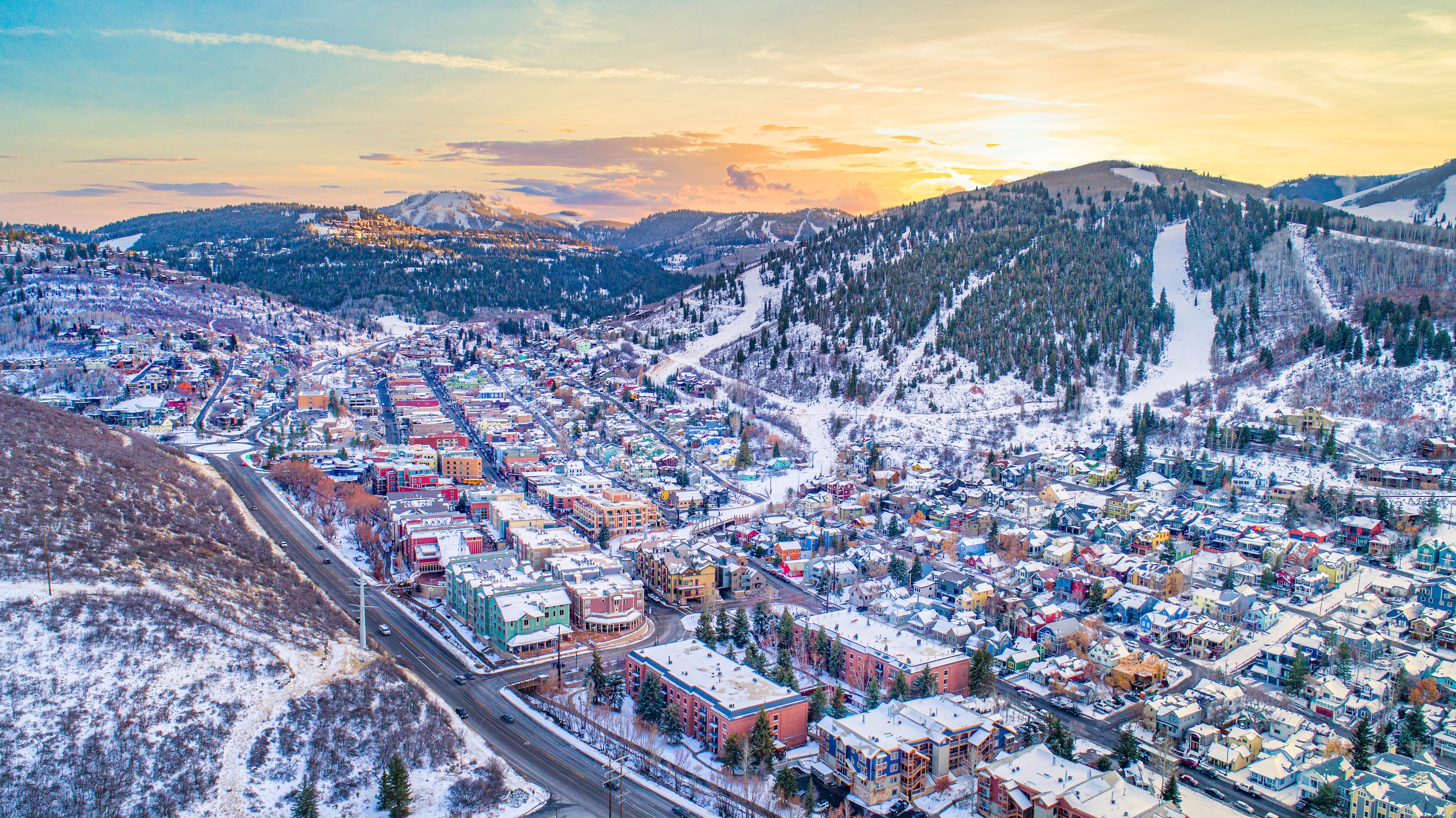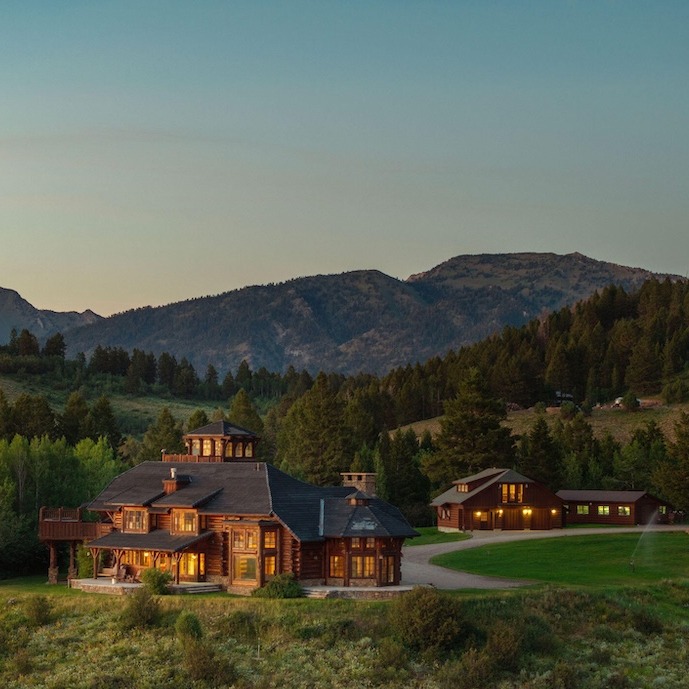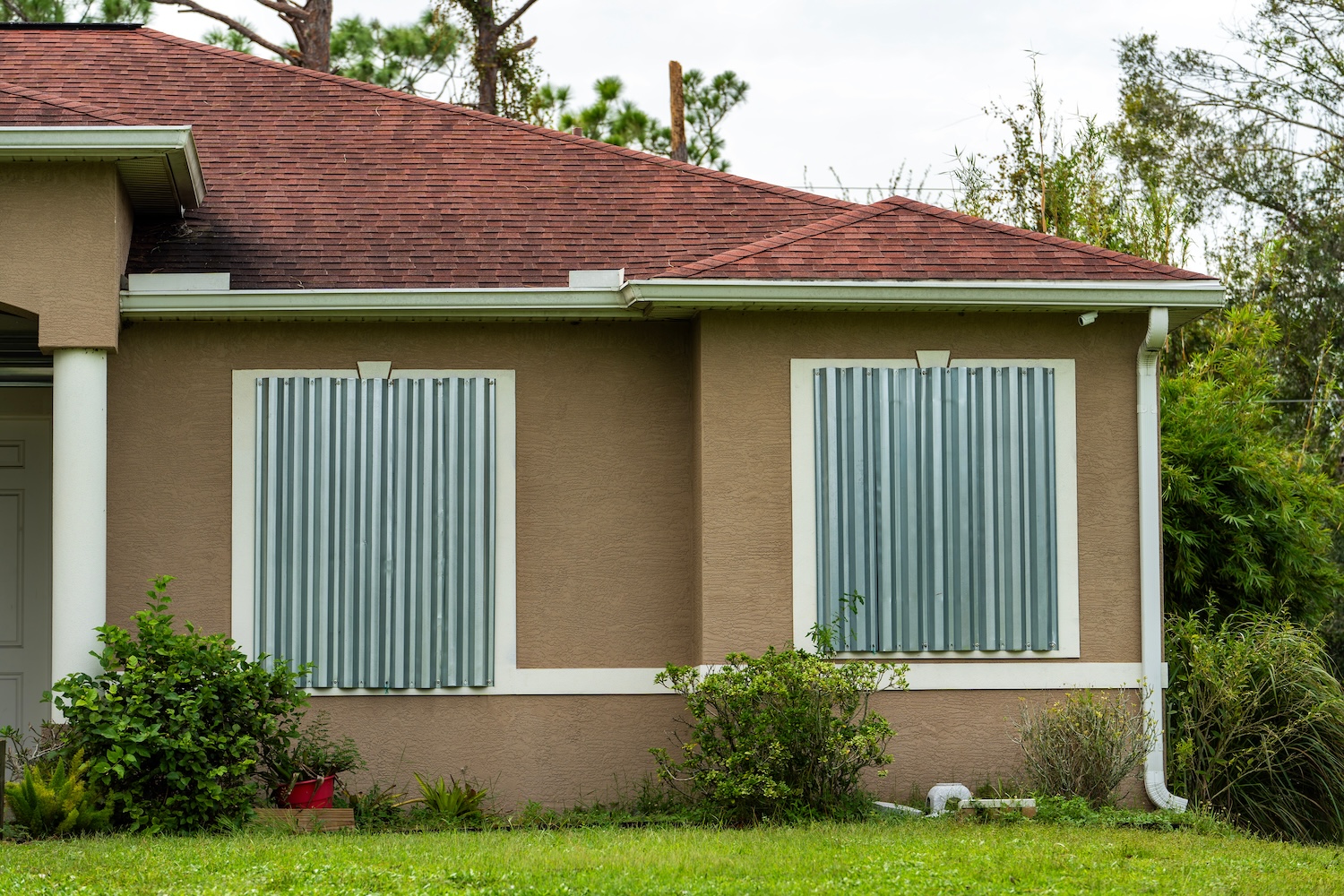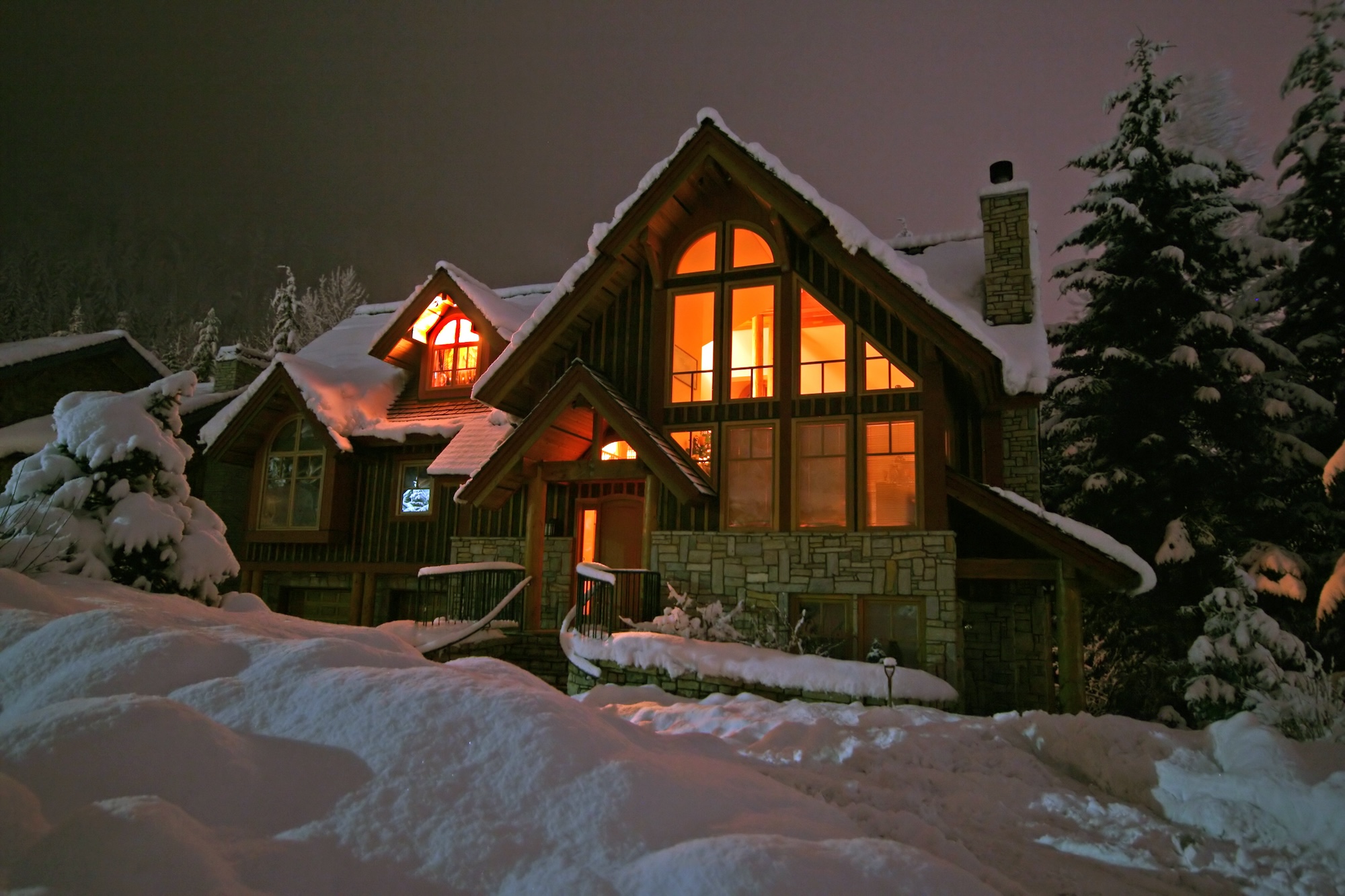How to Prepare Your Home for Extreme Weather: Essential Tips for Every Season
Protect your home from extreme weather year-round with expert insights from Ty Burnett, Managing Broker at Engel & Völkers Edmond. From hurricanes and floods to wildfires and freezing temperatures, discover practical tips to strengthen your home and safeguard your investment. Learn how proactive maintenance, smart upgrades, and seasonal preparedness can keep your property and peace of mind secure in every season.
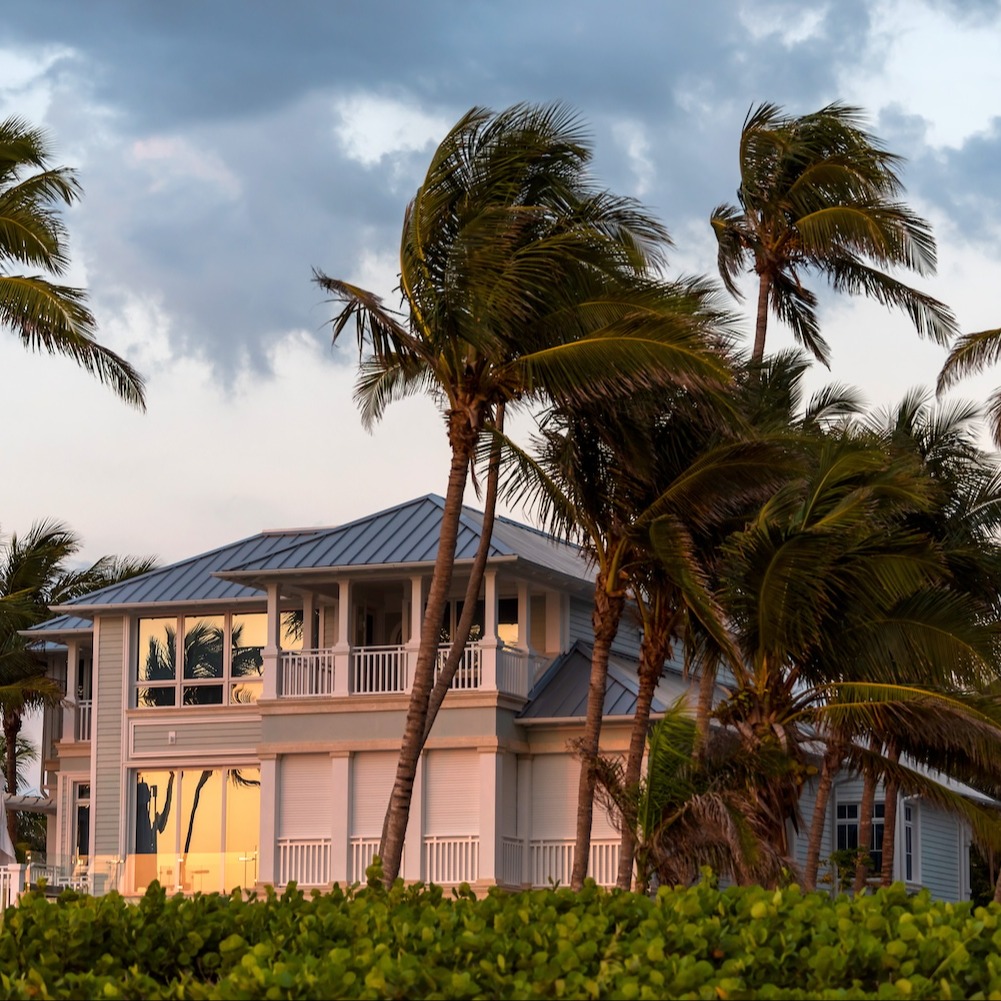
From searing heat waves to sudden storms, Mother Nature keeps homeowners on their toes.
Proactive planning can protect your home — and give you peace of mind.
Ty Burnett, managing broker and advisor, Engel & Völkers Edmond, offers insights to help homeowners across the country strengthen their properties for whatever each season may bring.
Storm-Ready, Year-Round
Spring and Summer: High Winds, Hurricanes, and Tornadoes
Ty emphasizes the importance of preparation for wind-driven events like hurricanes and tornadoes. Homeowners should begin by trimming trees and securing outdoor furniture and loose items — especially backyard trampolines, which are notorious projectiles, he says.
Reinforcing windows with storm shutters or impact-resistant glass, securing doors with heavy-duty deadbolts, and bracing garage doors can be wise investments in hurricane prone zones, he adds.
For those in tornado-prone regions like Oklahoma, Ty stresses identifying an internal ground level or below ground safe space with no windows, ideally with several walls between you and the outdoors. In newer homes in the Oklahoma City area, he notes, above- or below-ground storm shelters — often installed in garages — are increasingly common, and many above-ground units (which are removable and relocatable) offer added flexibility.
Reinforce Your Roof The roof is a home's first line of defense. Ty suggests regular inspections and upgrades to high-impact shingles (class 4) that can withstand hail, or even considering metal or clay tile roofs for stronger durability. He also recommends asking your roofer about a sealed roof deck and, in hurricane zones, hurricane straps that anchor the roof to the walls.
Fall: Floods and Heavy Rain With shifting soil and unpredictable rain patterns, managing drainage is critical. Ty advises extending downspouts away from your home, maintaining gutters, and possibly installing French drains.
For homeowners in flood-prone zones, waterproofing basements and crawl spaces is essential, he says. This might include sealing cracks, installing sump pumps with battery backups, and adding backflow valves on sewer lines.
Larger mitigation steps like installing flood vents and barriers offer additional peace of mind. “Water is the enemy of your home’s foundation,” Ty says. “Even small steps now can save tens of thousands of dollars later.”
Defensible Design for Fire and Heat
Wildfires In mountainous or forested regions, summer wildfire season demands proactive landscape management. “Creating a defensible space is key,” he says. This means clearing dry brush, trimming trees, cleaning gutters, and using non-combustible landscaping materials like rock instead of mulch.
Other upgrades include ember-proofing vents with fine mesh, using class A fire-rated roofing materials, fire-resistant siding, and replacing wooden fences with metal near the home’s perimeter. These measures may qualify for insurance discounts or grant programs, Ty notes.
Extreme Heat Ty recommends boosting your home’s efficiency with proper insulation, attic ventilation, and sealing air leaks. Ensure your HVAC system is serviced regularly, and consider a heat-pump HVAC upgrade or window air conditioning units in very hot climates.
For power outages during heatwaves, a standby generator — or at least a portable one — can keep essentials running.
Winterize for Cold and Ice
Winter Storms and Freezing Temperatures
Protecting pipes from freezing is the top priority during extreme cold.
Ty’s checklist includes insulating exposed pipes, disconnecting garden hoses, blowing out irrigation systems, and covering outdoor spigots. Indoors, allow faucets to drip during deep freezes and seal any drafty windows and doors with weather stripping or caulk.
Attic ventilation is again important — this time to prevent ice dams by keeping the roof cold and minimizing snow melt. Roof rakes can help safely remove snow, and homeowners should monitor for excessive weight, Ty advises. Backup heating sources, such as gas heaters or fireplaces, and power sources like generators or battery packs are also essential.
Build Your Emergency Kit
Across all weather types, one constant remains: be ready. Ty advises assembling emergency kits that include flashlights, batteries, a portable radio, food, bottled water, and extra phone chargers.
No matter where you live, investing time and resources into weatherproofing your home can offer long-term savings — as well as safety and peace of mind. Ty Burnett’s perspective from Oklahoma, a region all too familiar with severe weather, is a valuable reminder that preparedness isn’t a luxury — it’s a necessity.
For more insights on protecting your property or to find a luxury home designed to weather the seasons, connect with an Engel & Völkers brand advisor in your area.
Categories
Recent Posts






